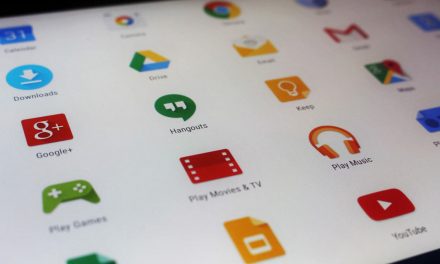Today it is more common to see people making use of their smartphones to pay for a good or a service. Mobile payments turn out to be very practical since we carry on our Android devices all they long.

From paying for our groceries at the supermarket or for an app at the Google Play Store to sending money you may owe to a friend, in just a couple of seconds, we find a simple way to deal with our daily transactions.
According to Statista, by 2019, there will be a total revenue of 1080 billion U.S. dollars from the global mobile payment market. Certainly, a good reason to start implementing this kind of service into any business.
Now, Android users have a faster and more convenient way to do all this since all former Google services related to mobile payments have been merged.
Google Pay
Years of experience at e-commerce have given Google information about the user’s behavior: “Those users who saved payment methods in their accounts are much likely to complete a transaction, rather than when they haven’t”, said Gerardo Capier, Director Product Management at Google.
So, why don’t simplified transactions for users with a single paying method? Recently, Google introduced a simpler way for mobile payments: The Google Pay platform.
This platform, that brings together Android Pay and Google Wallet into one single brand, seeks to ease and speed up this process by using the payment information saved on your Google account, for your comfort.
Users buy products from different brands and in several sites, that’s why the goal of Google is to provide users a central location to manage all their payment methods and transactions.
Besides, they want to expand this unified experience to other Google payment apps launched in other important markets, like Tez in India.
Mobile payments and Google´s platform
Basically, what Google Pay does is to replace physical cards, cash or checks for a simple and easy-to-use app. Once they have downloaded it, users can add a payment method: credit or debit card – from specific banks -, and a Paypal account.
The app will keep your card information, ready to be used. There is a list of stores, apps and web services where the Google Pay method is now available.
Developers interested in adding Google Pay into their apps must head to this site to review the documentation, get access to de APIs and make the proper integration and test before going live.
This way they can start pushing up businesses, given users´ continuously growing trend of paying with their mobile devices.
Also, because mobile Payments have some great advantages for small businesses such as eliminating cash payments, improving the integration of loyalty programs, serving customers in an efficient manner, understanding user behavior and reducing credit card fees, to name a few.
Wrapping up
Google Pay offers a fast and convenient way to improve the shopping experience. Something that benefits both, users on their way to simplify the process, and businesses on their way to increase sales.
So, what do you think about Google Pay service? Do you think business apps can really take advantage of this?








